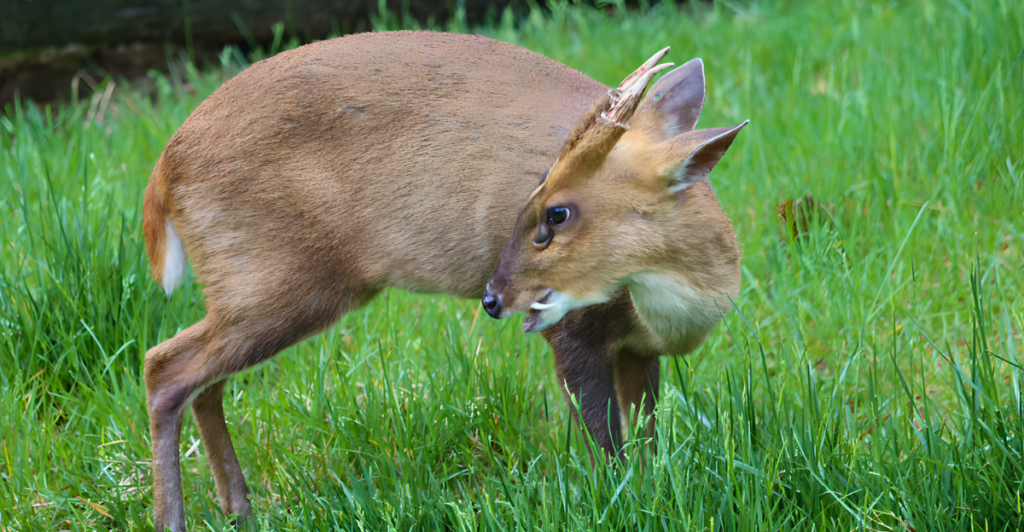
Deep in Cambodia’s Virachey National Park, researchers discovered a species they thought were nearly extinct. This remote, untouched region turned out to be a wealth of biodiversity. This is an astonishing phenomenon, considering some of these animals had never been seen in Cambodia before. Let’s look into why this area is being called the ‘Noah’s Ark of Wildlife.’
The Uncharted Annamite Mountains

The Annamite Mountains, stretching across Laos, Vietnam, and Cambodia, are a hotspot for wildlife. Little was known about the wildlife here until recently, but with conservation efforts growing, researchers finally got a closer look. What they found was astonishing.
The Rare Sunda Pangolin
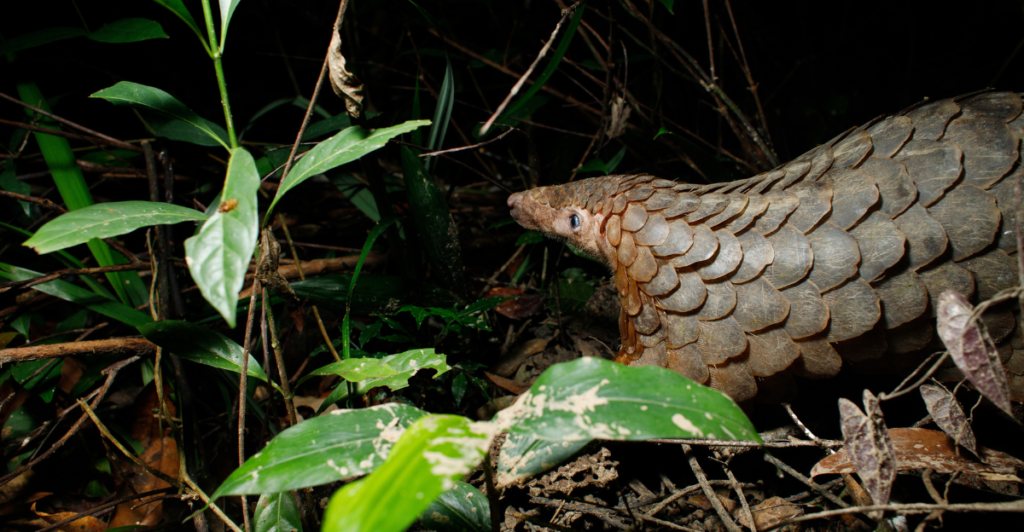
One of the most exciting finds was the Sunda pangolin, a critically endangered mammal. These scaly creatures are often targeted by poachers, making sightings rare. The fact that they’re still living in Virachey National Park gives hope for their future.
The Elusive Clouded Leopard
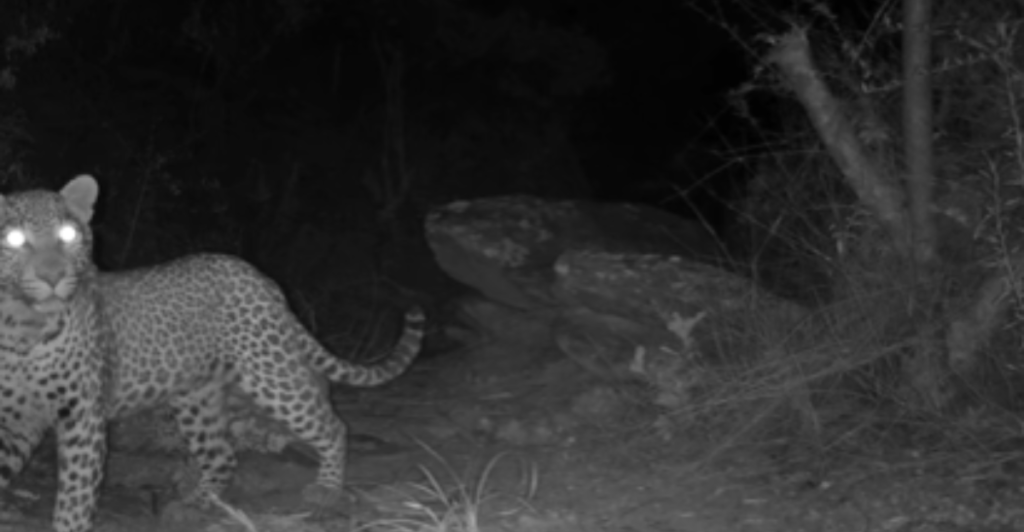
The clouded leopard, known for its stunning spotted coat, was also captured on camera. These big cats rarely live in the wild anymore. However, their presence in Cambodia suggests the park is an important refuge for endangered predators.
The Mighty Sun Bear
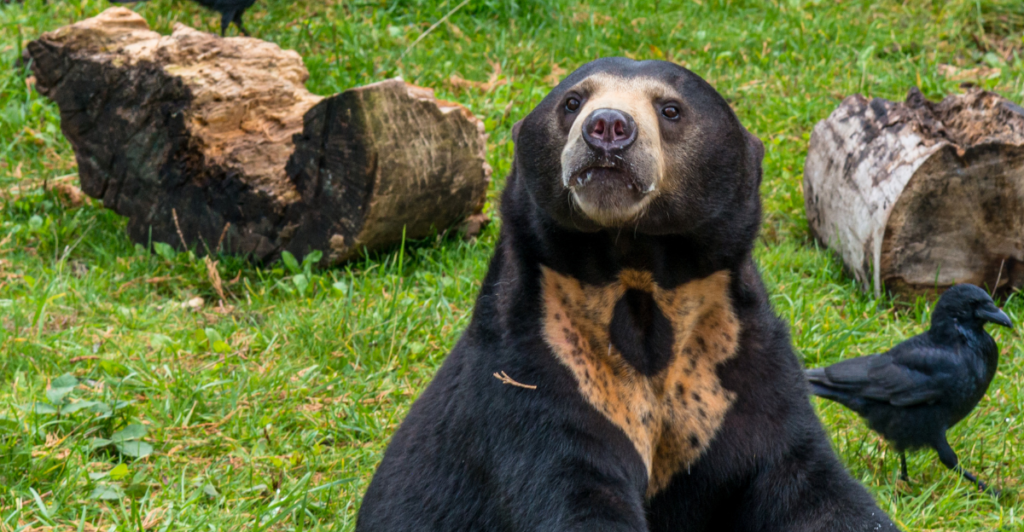
With its distinct golden chest patch, the sun bear is Asia’s smallest bear species. Habitat destruction has severely impacted its population, making this discovery crucial for conservation efforts. These bears are rarely documented in Cambodia.
Nine Species Never Seen in Cambodia
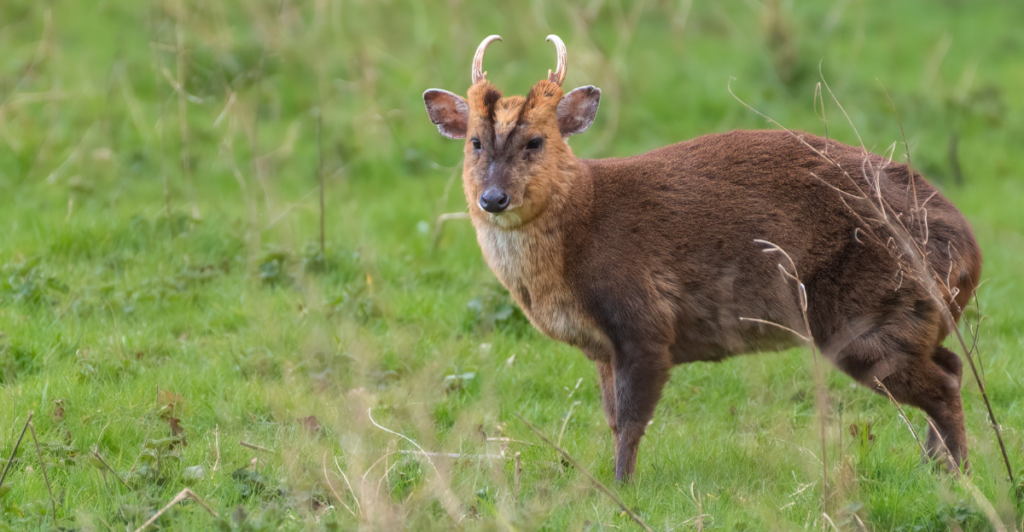
Researchers found nine species that had never been recorded in Cambodia alongside these known endangered animals. This included three species of frogs and the large-antlered muntjac, a rare type of deer previously only found in Laos and Vietnam.
The Role of Indigenous Communities
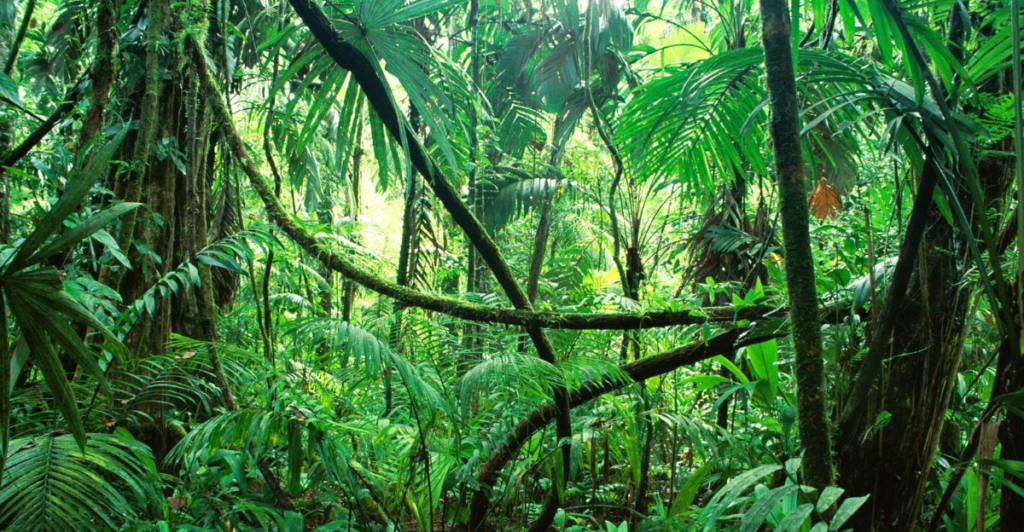
Local Indigenous communities played a key role in the survey. Their deep knowledge of the land helped researchers navigate the dense forests. But even they hadn’t explored some of the most isolated areas, proving just how untouched this region is.
Cutting-Edge Camera Traps

To study the animals in such an extensive area, researchers installed 150 camera traps. These instruments captured rare footage of the creatures, including the large-antlered muntjac. Without this technology, many of these species would have remained hidden.
DNA Clues from Water Samples
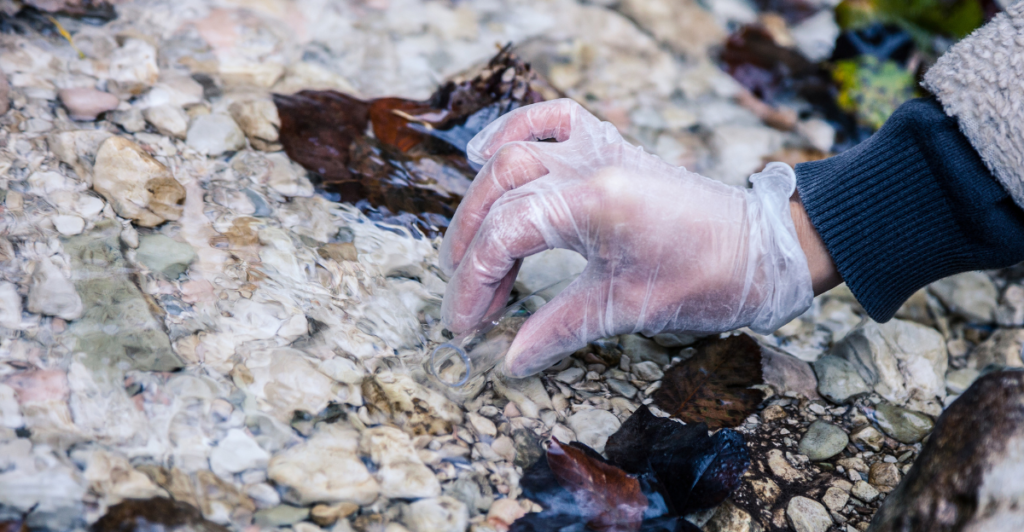
Experts didn’t just rely on cameras. They also analyzed environmental DNA (eDNA) from water sources, revealing traces of 161 species. This technique helped identify species without the need for direct sightings, making it a game-changer for biodiversity research.
The Endangered Dwarf Loach
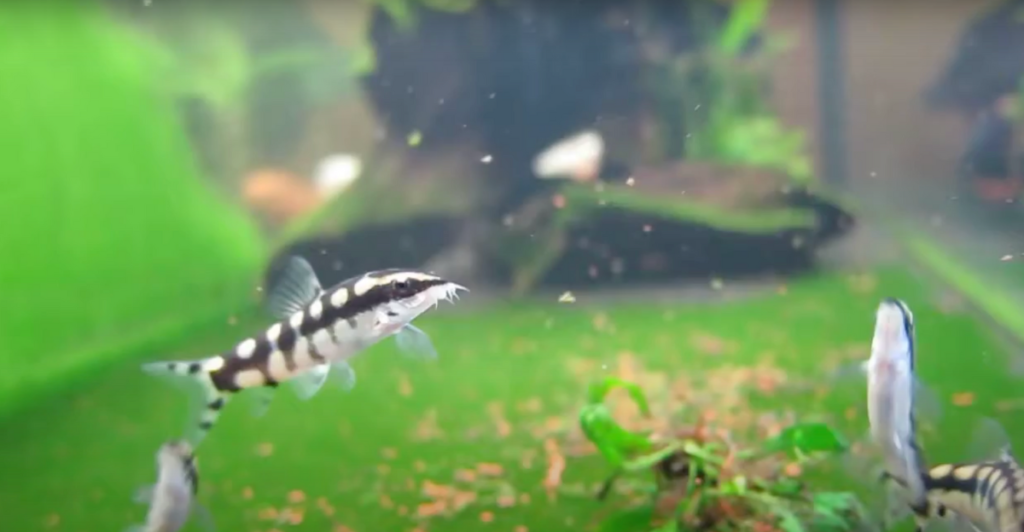
Among the species identified through eDNA was the dwarf loach, an endangered freshwater fish. This tiny fish is incredibly rare, and finding it in Virachey National Park suggests the area’s rivers are still fairly healthy.
The Northern Yellow-Cheeked Crested Gibbon
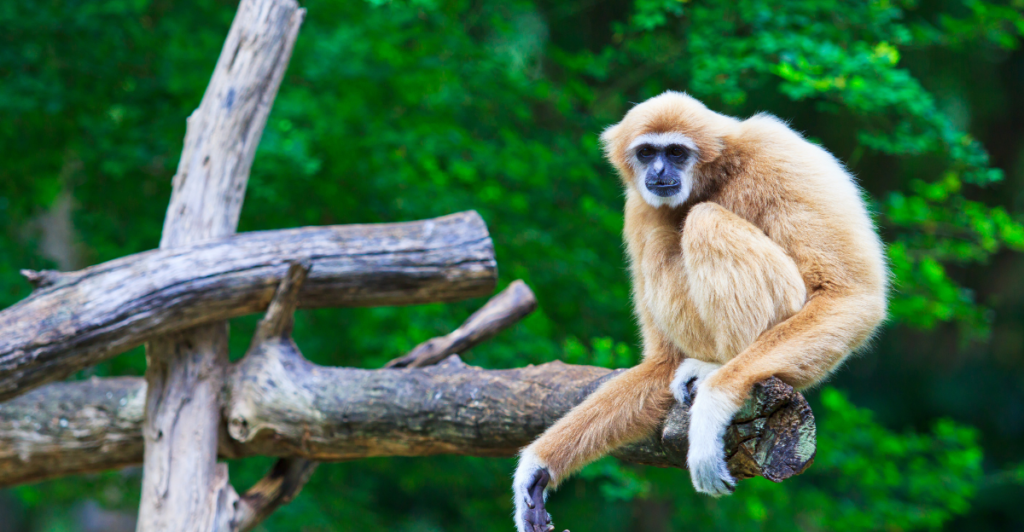
One of the most surprising primate discoveries was the northern yellow-cheeked crested gibbon. This endangered species was previously found only in certain parts of Laos, Vietnam, and Cambodia. Its presence in the park shows the area’s crucial role in protecting primates.
The ‘Noah’s Ark’ of Wildlife
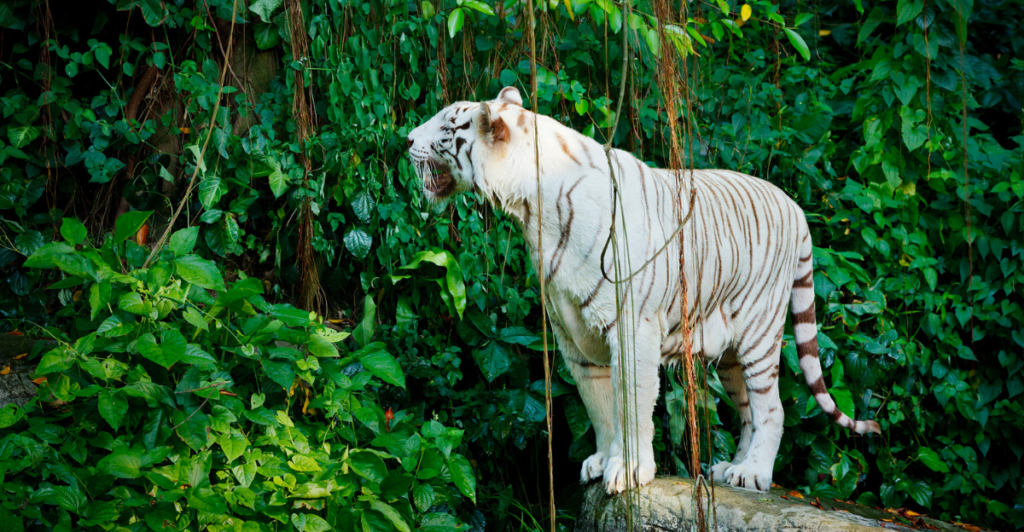
With so many endangered species thriving here, researchers are calling Virachey National Park a modern-day ‘Noah’s Ark.’ The area provides a critical sanctuary for species struggling to survive elsewhere due to habitat loss and poaching.
What’s Next for Conservation?
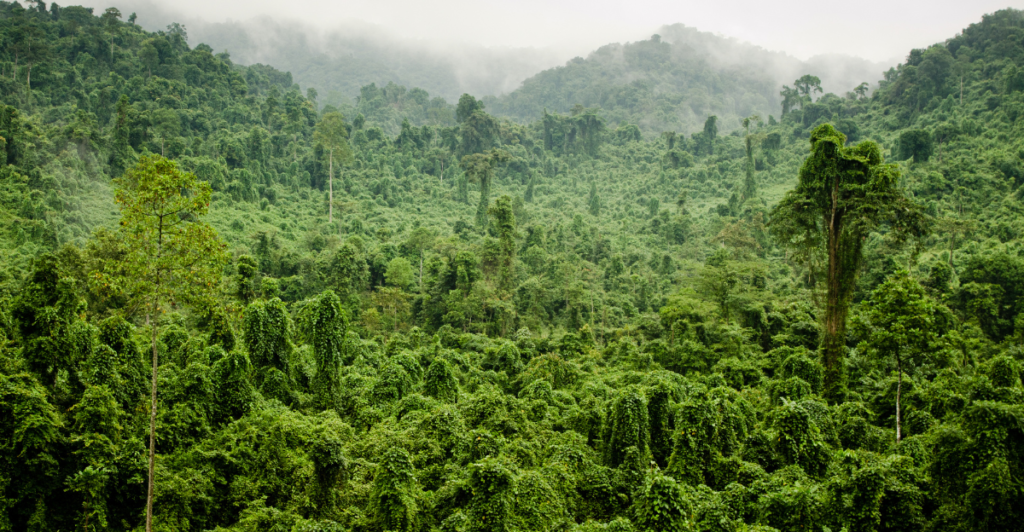
This discovery proves how important protecting places like Virachey National Park is. Conservation groups are attempting to strengthen laws, increase patrols, and secure funding to protect the park, which might just be one of the last safe havens for many species.
Discover more of our trending stories and follow us to keep them appearing in your feed

Bobcats Are Making a Comeback—And They Might Be Protecting Us From Disease
Scientists Are Bringing Back The Wooly Mammoth
13 Dog Breeds That Will Defend Humans No Matter What
Black Bear Population By State In 2024
References:
Reference 1
Reference 2
This article first appeared here
Stay connected with us for more stories like this! Follow us to get the latest updates or hit the Follow button at the top of this article, and let us know what you think by leaving your feedback below. We’d love to hear from you!







